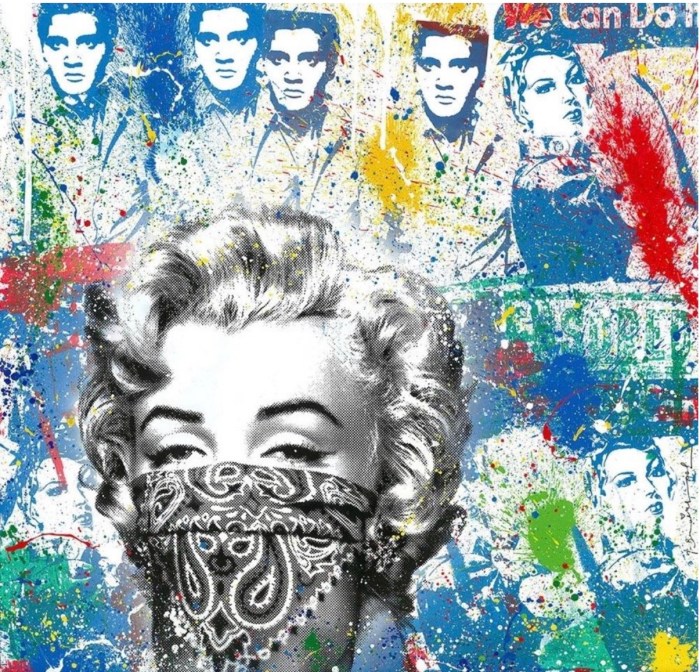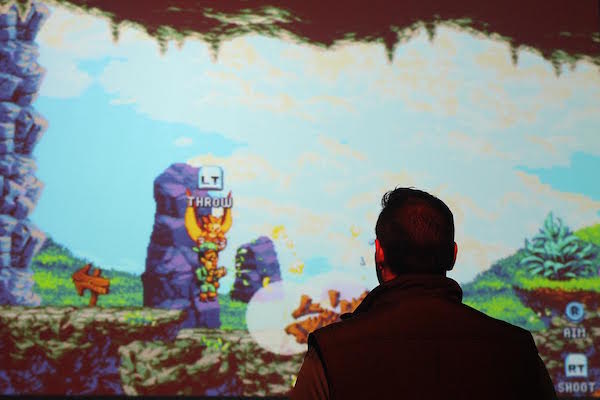
BY CHARLES BATTERSBY | With grand narratives, soaring musical scores, and top-notch voice acting among its commonplace traits, the debate over whether or not the video game is an art form has moved being a simple “yes” or “no” question, to prompting more nuanced discussions of what constitutes art within the boundaries of a constantly evolving medium.
On Oct. 28 and 29, the East Village performance complex La MaMa hosted the video game festival ArtCade Con. Presented under the auspices of its art and technology lab, CultureHub, attendees could try everything from abstract interactive storytelling to a game that the Iranian government doesn’t want people to see. The focus was on experimental and independent games made by small teams, or even just one person. However, a few of the games were commercial products available for sale through online downloads.
“Owlboy” was in development for nearly 10 years, and had become a joke among hardcore indie game fans. It launched mere days after ArtCade Con, and the con provided one of the first opportunities for people to try out this long-anticipated game. It is a labor of love by developers who were looking to show the advantages of old-fashioned 2D graphics. Aside from the graphics, “Owlboy” also drew interest from its bittersweet story of a mute boy who is unappreciated by the people of his village, no matter how many times he saves them.
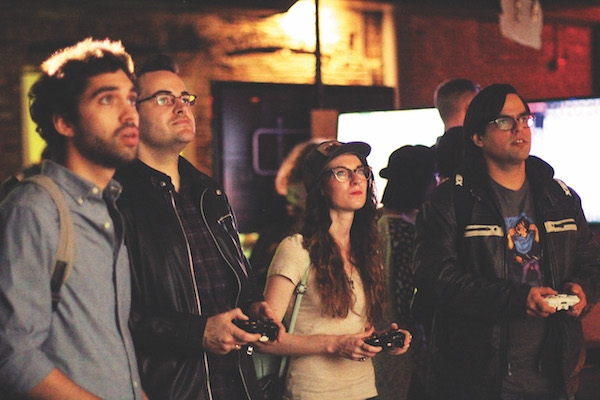
“1979 Revolution: Black Friday” is available on PC and mobile devices in most of the world but, earlier this year, it was banned in Iran. It is set during Iran’s revolution in 1978, and players control a photographer who chronicles these events. Even though it has come to be called the “Islamic Revolution,” there were many factions vying for control of Iran at the time, and players get to shape the story through their choices. They can’t change historical events, but they can learn about the different social, political, and theological forces at work at the time. Along the way the game subtly teaches about Persian culture, which also helps players make wise choices during the story (if an interrogator offers a beverage, it’s polite to accept).
Created at the NYU Tisch School of the Arts’ Game Center as the 2016 thesis project of Jose Tomas Vicuna, “Black Emperor” had virtually no story at all, but emerged as one of ArtCade Con’s biggest crowd-pleasers. Described as an “action-paced arcade inspired by Japanese psychedelic rock and the bosozoku motorcycle culture of the ’70s,” it had no narrative — but its simple graphics and addictive challenges evoked the sense of being in an arcade in the 1980s. Even the most skilled players could only last a minute or so without crashing their motorcycle, and it drew a crowd of fans cheering each other on. It was exactly the sort of game that players would line up to spend a quarter on 30 years ago.
“Beglitched” takes the “Match 3” gameplay of “Bejeweled” and adds in an elaborate story that resonates among geeks. In it, players stumbled across a laptop owned by a famous hacker. The game uses an interface, which looks like an older computer operating system, and is presented as though the player is looking through files on someone else’s computer. The layers of storytelling, and difficult puzzles make it a more compelling experience than its casual cousins like “Candy Crush.”
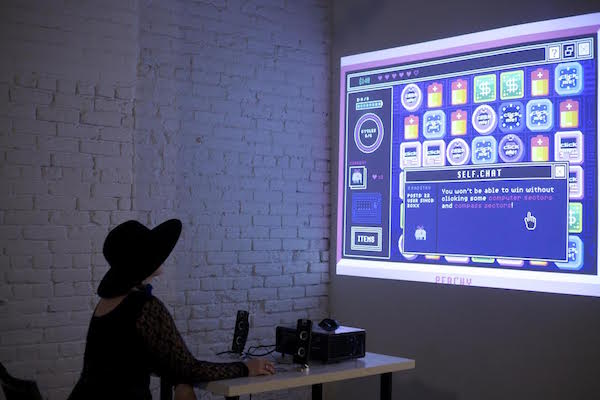
The “Beglitched” idea of playing a hacker, and the jokes about operating systems and Internet culture highlight a recurring pattern at ArtCade Con. The games often formed an insular bubble where the players were just as geeky as the designers themselves. Some of the other games even had esoteric references to the process of game design, which could only be appreciated by others in the industry (much like a novel about a writer with writer’s block, or a movie about life in Hollywood).
Other games at ArtCade Con had little commercial potential, yet clearly delighted players. The designer of “Morning Makeup Madness” describes it as a prototype, but players enjoyed it as much as the more elaborate projects. People had a mere 10 seconds to apply five different kinds virtual cosmetics to a woman’s face. Those who frantically accomplished this would “beat” the game, but ruin their makeup.
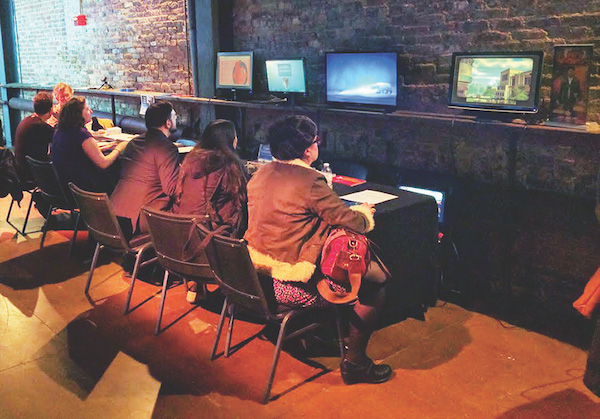
ArtCade Con also showed some of the problems that game designers will face now that games have become accepted as art — a label self-proclaimed “artists” can hide behind. Games like “Mu Cartographer” and “Islands” were so abstract that players often fiddled with the controls for a few seconds before walking away confused. The objectives, and how the controls affect the onscreen action, left players questioning what they were supposed to do, or if they were supposed to do anything at all. The designers of these projects now have the choice of redesigning their interface, or claiming that the players “just didn’t get it.”
Prolific designer Robert Yang spoke on an Artist Talk panel about his work, much of which was centered on creating virtual penises. He boasted that it took 1,000 lines of code to make a virtual toilet flush in his urination simulator “The Tea Room.” His games will no doubt face the same skepticism as when Marcel Duchamp autographed a toilet and proclaimed it “art.”
For more info on CultureHub and ArtCade Con, visit culturehub.org and lamama.org/artcade_2016.










